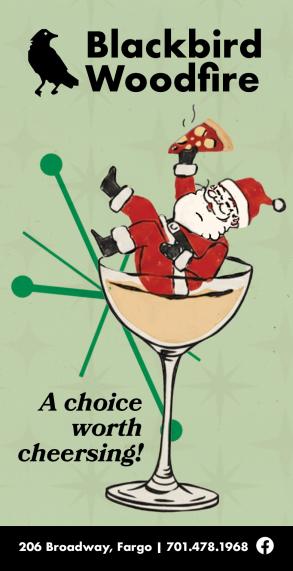Cinema | April 28th, 2025
By Greg Carlson
Toronto-based filmmaker Alison Duke shines a light on a pioneering Jamaican recording artist and her most famous and durable song in the documentary feature “Bam Bam: The Sister Nancy Story.” Duke’s movie, which premiered at the 2024 Tribeca Film Festival, is a must-see for music fans, but the big personality of its principal subject is appealing enough to attract any curious viewer who might cross paths with the colorful and engrossing tale. Sister Nancy, the performing handle of Ophlin Russell, broke industry barriers with the LP “One, Two.” Released in 1982 when Russell was 20 years old, the record’s ten tracks included “Bam Bam,” which would go on to become the most-sampled reggae/dancehall song in hip-hop.
Duke serves up a good primer on the incredible sounds that came from Kingston and also spends plenty of time conveying what it’s like to just hang out with Sister Nancy, whose unglamorous day job as a fraud investigator at a bank is humorously depicted as a kind of alter-ego or secret identity to the on-stage star who jets off to live performances during weekends and vacation days. Russell’s husband does not appear, but Duke introduces viewers to daughter Shandy. The two women share a warm and close relationship. The director balances the intimacy of these down-to-earth, personal experiences with the awe and regard expressed by current stars like Janelle Monae, who invited Sister Nancy to join her on “The French 75” for “The Age of Pleasure” album.
Members of Main Source, hip-hop legends who were the first of dozens to sample “Bam Bam” when they used it in “Just Hangin’ Out,” speak to the bona fides of Sister Nancy’s anthem. Some of the most legendary production ears in the business, including Pete Rock, DJ Red Alert, DJ Kool Herc and Young Guru, also speak on camera with deep reverence. It would have been nice to explore a few other key Sister Nancy highlights, but “Bam Bam” is ubiquitous. From the movie “Belly” to Beyonce to a Reebok spot, the supply of examples is so deep, there is no room to include dozens of other high-profile variants.
It isn’t easy to make a feature-length film about a single song. Nate Harrison’s like-minded 2004 video essay on the so-called Amen break is the kind of companion piece that hints at a largely unexplored avenue of pop culture history. Harrison’s work, lasting less than 20 minutes, succinctly walks listeners through many of the same issues excavated by Duke. The Amen break, taken from the 1969 song “Amen, Brother” by the Winstons (the B-side of hit “Color Him Father”), would go on to become the most reinterpreted six seconds in modern music history, turning up in one form or another on thousands of derivative recordings made by artists across many genres and used in a multitude of radio and television commercials.
Both Duke and Harrison examine the complexities of sampling from the symbolic North Pole of artistic homage to the South Pole of uncompensated and/or plagiarized appropriation. The latter section of Duke’s film is mainly focused on a kind of magnetic-tape archaeological dig that begins with decades of lost revenue and royalties owed to Sister Nancy and arrives at a contentious date reuniting several studio musicians who played on “Stalag 17,” the 1974 recording that lays down the “riddim,” or rhythm section, of “Bam Bam.” Superfans might desire a bit more detail and nuance in the film’s look at the tradition of the Jamaican sampling culture that routinely repurposed material — even the use of the phrase “bam bam” goes back to Toots and the Maytals in 1966 — but Duke keeps the beat.
December 16th 2025
December 9th 2025
December 2nd 2025
November 24th 2025
November 18th 2025


__293px-wide.jpg)
__293px-wide.jpg)
_(1)__293px-wide.png)
_(1)_(1)_(1)__293px-wide.jpg)